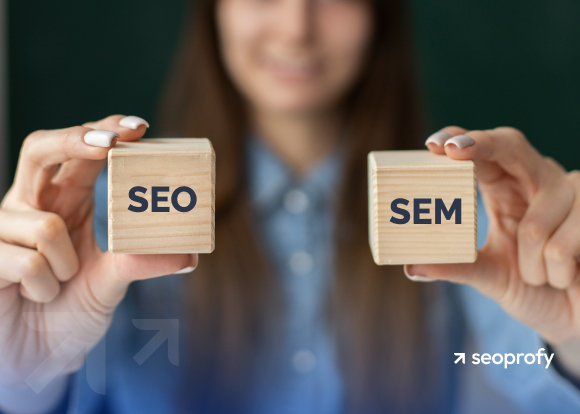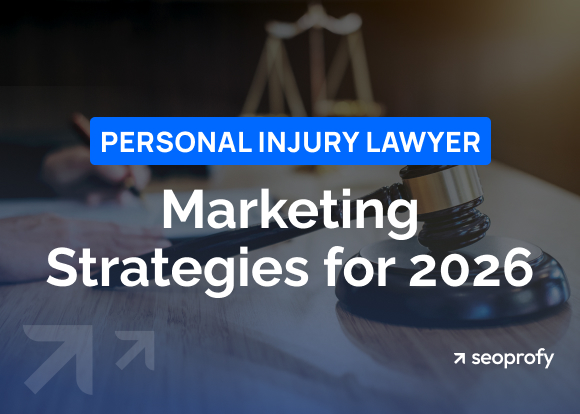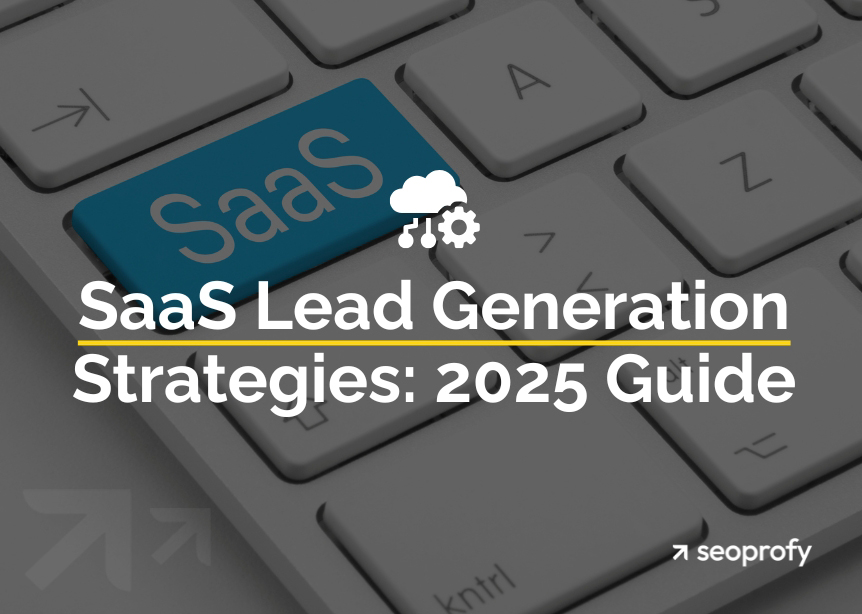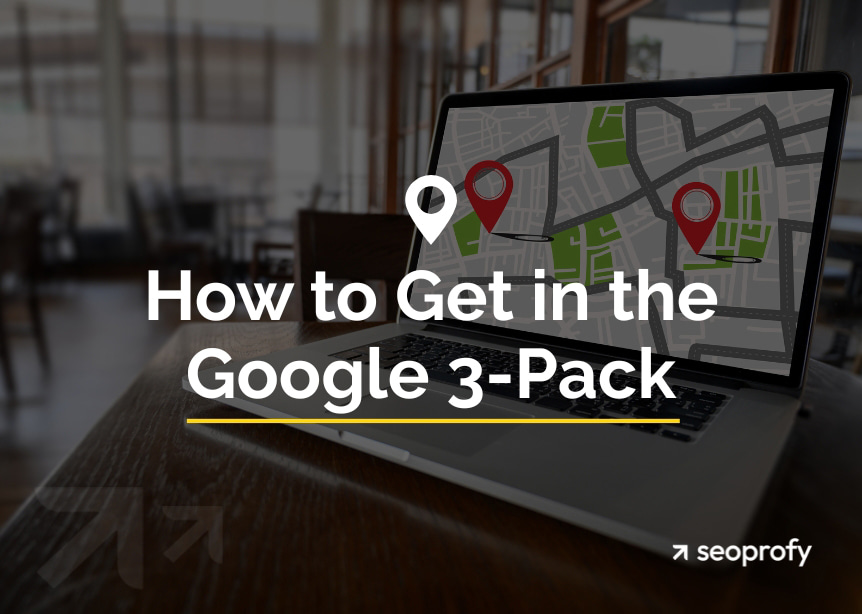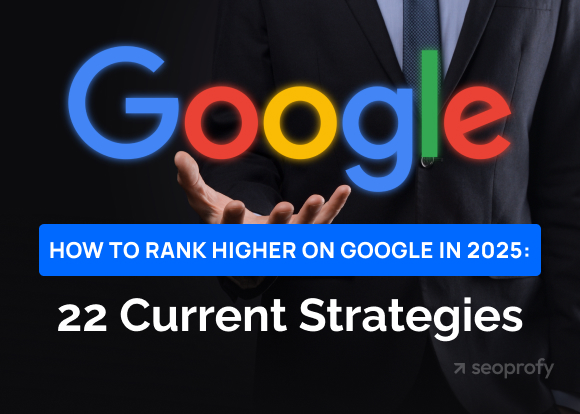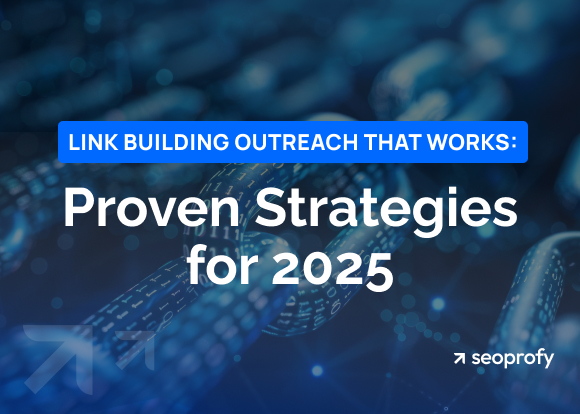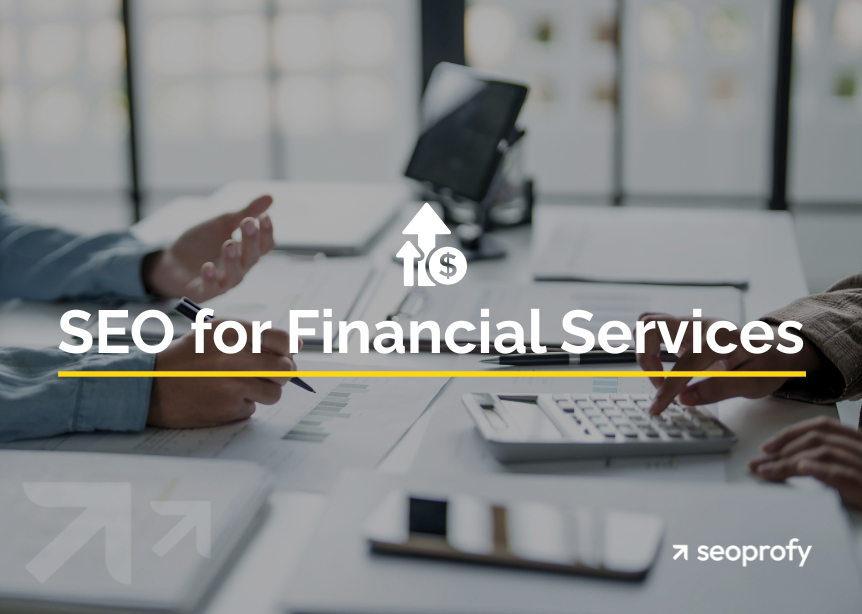Deciding on SEO vs. SEM? As a business owner, you’re looking for clarity and a way to see your investment pay off. This SEM vs. SEO comparison will help you weigh the pros and cons of each approach. SEO takes time but creates a steady online presence. SEM immediately brings in hot leads, but the results are rather short-term.
Determining the right strategy isn’t always clear-cut, especially when every decision impacts your bottom line. But knowing the nuances of SEO and SEM and how to balance them will help you create a marketing strategy that works for you.
What is SEO, and How Does It Work?
SEO, or search engine optimization, is all about making your website more visible in search results. By offering valuable content, improving the user experience, and staying ahead of competitors, your site can rank higher and attract more visitors.
Why does this matter? Around 68% of online purchases start with a search, but hardly anyone ventures past the first page of results. If your website isn’t on that first page, potential customers might never find you.
Google uses over 200 factors to rank websites, but the exact formula is a mystery. What we do know is that focusing on a few key areas can make all the difference.
The Role of Keywords
Your audience’s queries are your keywords. Tools like Google Keyword Planner or Ahrefs will show you which ones are popular in your niche.
Here’s an example: “email marketing.” This query is searched about 35K times a month. It has enormous potential, but to rank for it, you’ll need to put in some serious work.
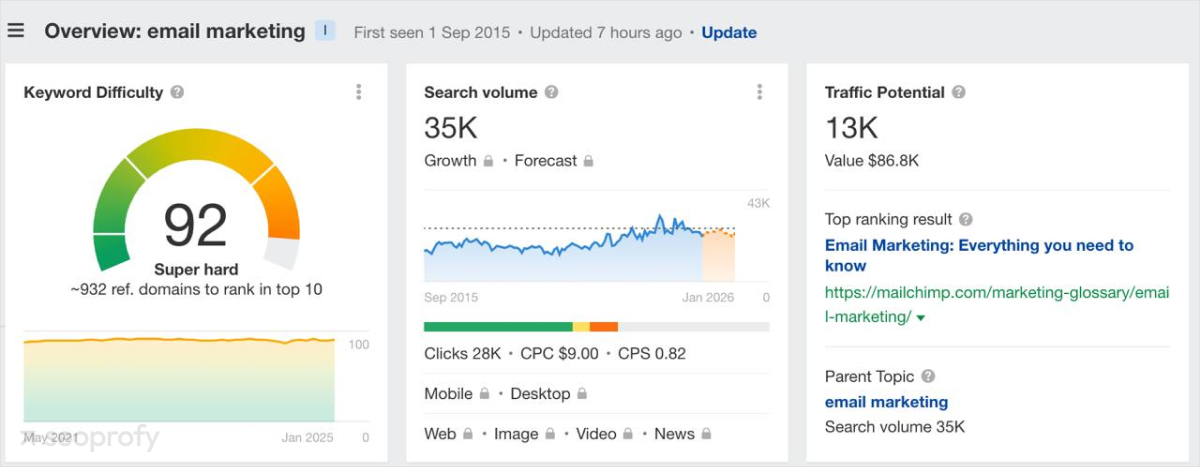
Check out related keywords to see which ones will be easier to rank for.
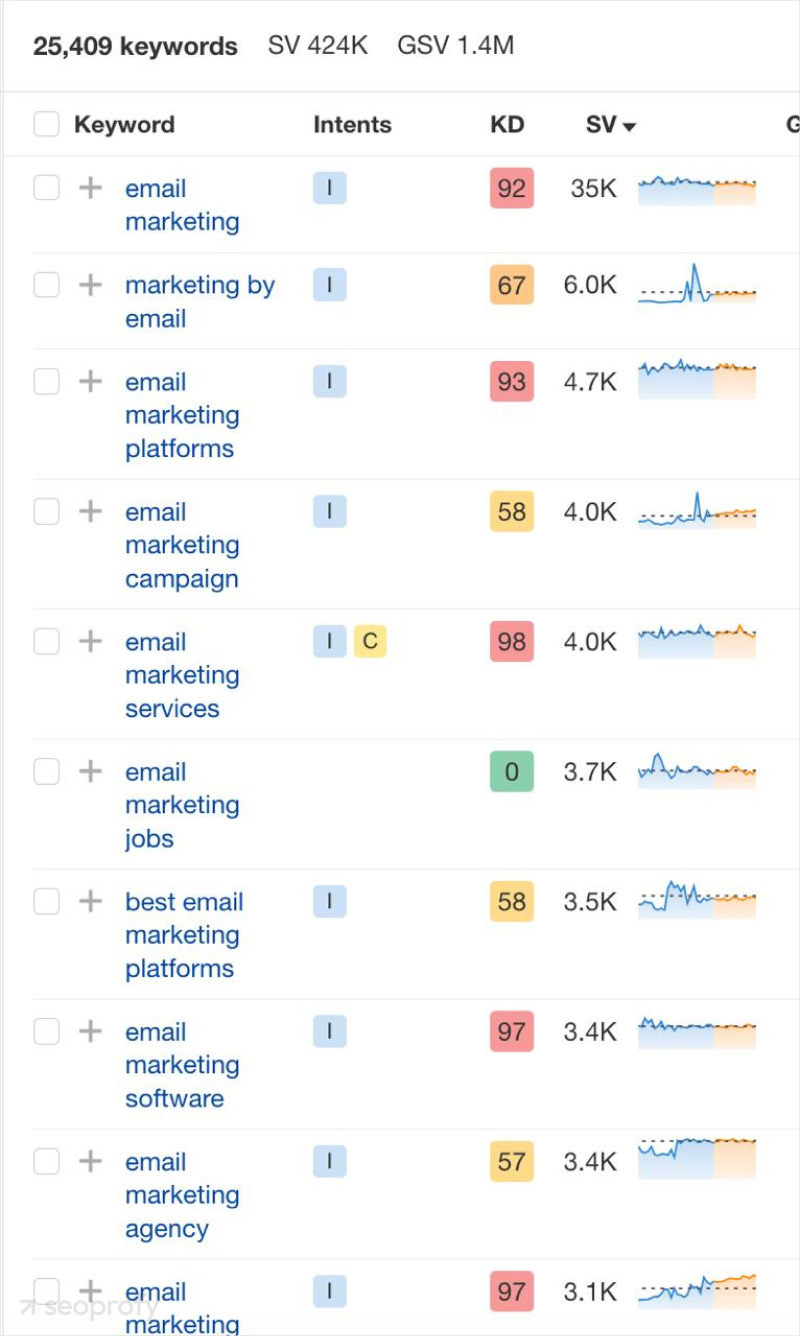
Once you’ve identified your keywords, you can use them to create content and optimize your on-page SEO.
Crafting Content That Delivers Results
SEO thrives on high-quality content that aligns with user intent. When your material is well-crafted, relevant, and useful, it improves rankings and keeps your audience engaged.
Let’s say someone searches “what is broken link building.” The user is looking for a quick answer.
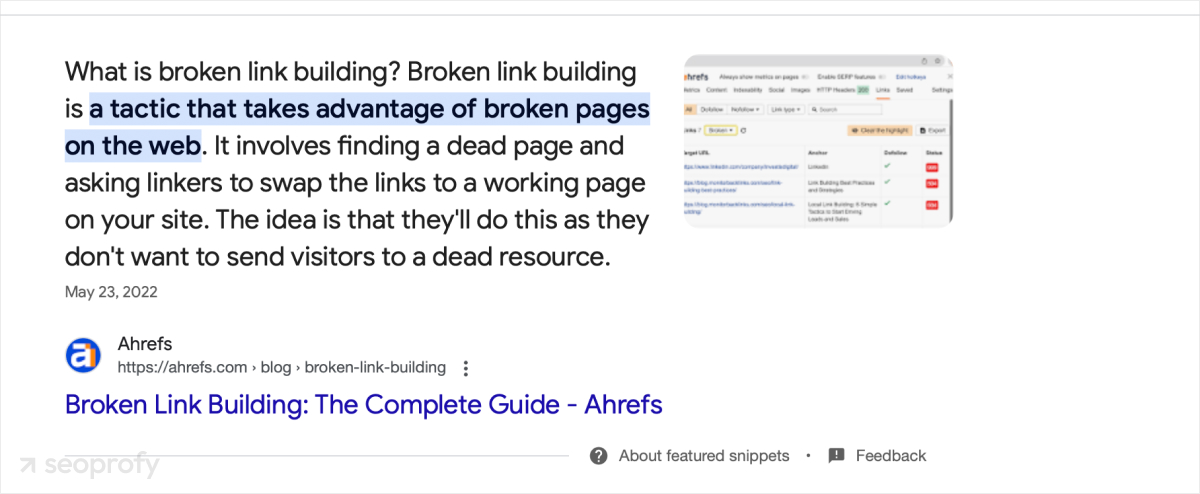
If they want more detailed information, they’ll scroll down to find complete guides.
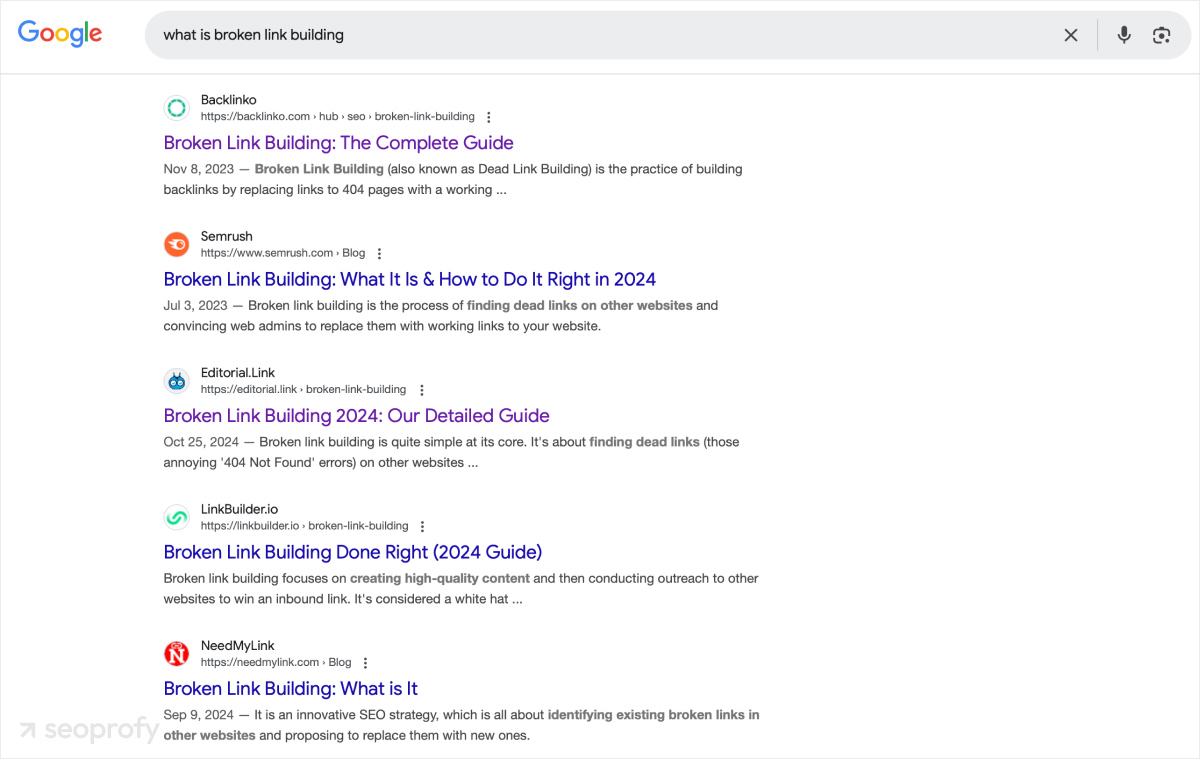
If a user types “dog wig buy,” they’re not interested in how wigs are made. They’re looking for product pages.
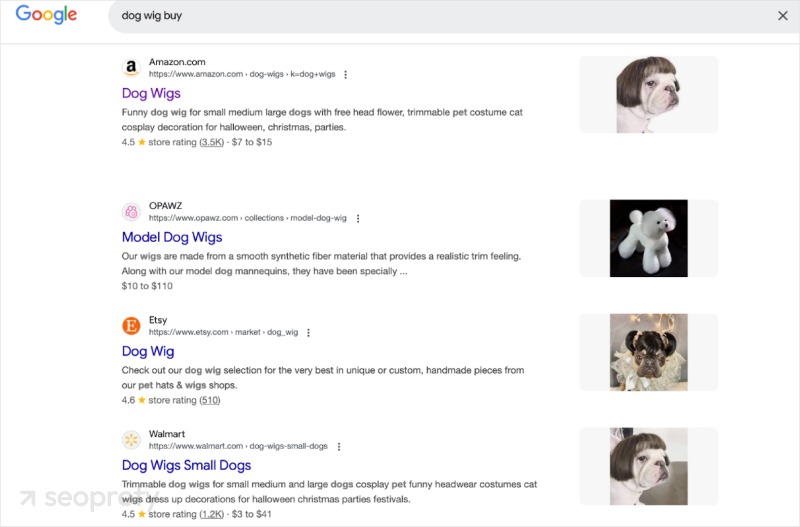
By focusing on quality and understanding user intent, you can create relevant content that’s not only engaging but also drives results.
On-Page and Off-Page SEO
To make your website stand out, you need both on-page and off-page SEO. On-page SEO focuses on optimizing your site’s content and structure. This includes using keywords in titles and text, creating clear and descriptive URLs, organizing pages for easy navigation, and linking related content to improve the user experience.
Off-page SEO, on the other hand, builds your site’s authority. Backlinks from reputable websites signal to search engines that your site can be trusted.
You can check who’s linking to any page using Ahrefs’ Site Explorer. Take a look at the backlink profile of beefree.io. Authoritative sites with a domain rating of 90+ link to beefree.io and help it rank.
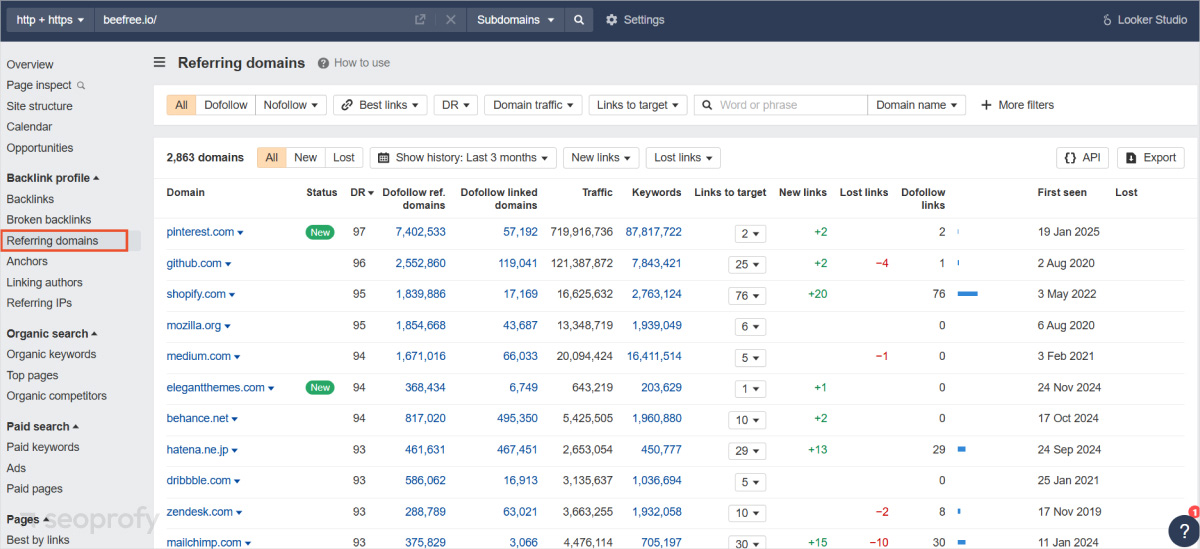
Yes, backlinks are one of the three main ranking factors for Google, and the approach to acquiring them makes all the difference.
Many beginners start with backlinks from Fiverr. However, these links often come from forums/suspicious sites that don’t pass any link juice.
Here’s what John Mueller, Google’s Search Advocate, has to say about it:
“You could go off and create millions of links across millions of websites if you wanted to, and we could just ignore them all.”
John Mueller
Moreover, a lot of the positive reviews on Fiverr are actually fake.
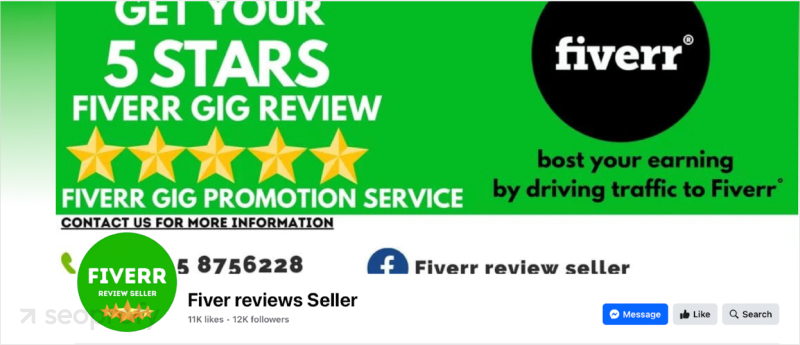
Only tried-and-true link building strategies work: outreach, guest posts, broken link building, and creating content that naturally pulls in links.
Off-page SEO also includes anything you do outside your website to improve its authority. For example, Google looks at E-E-A-T (Experience, Expertise, Authoritativeness, Trustworthiness). You can’t “create” E-E-A-T like you would with headings or meta tags, but you can build it over time through backlinks, positive reviews, and social proof.
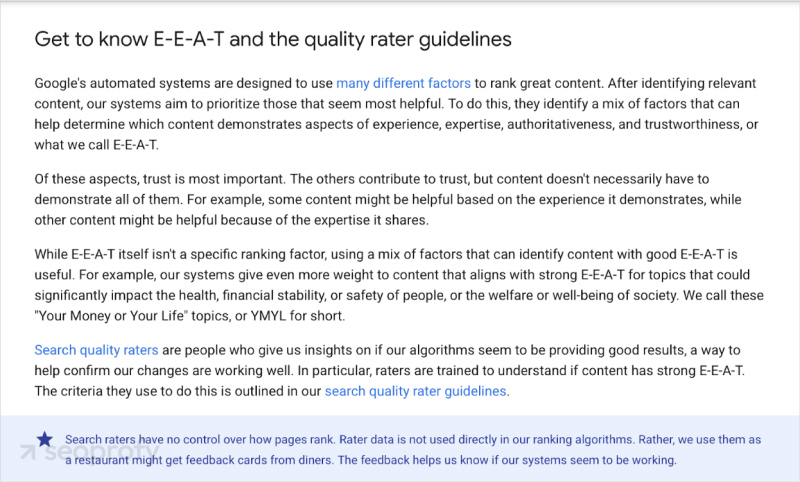
Technical SEO
“Technical SEO continues to be the foundation of everything built on the open web,” stated John Mueller, Google’s Search Advocate.
If your robots.txt and sitemap.xml are set up right, search engines can index your pages faster. An SSL certificate (HTTPS) improves security for users and search engines. Removing duplicate content maintains rankings. Page loading speed, error-free performance, and mobile responsiveness also matter.
SeoProfy specializes in effective SEO solutions, offering:
- Detailed site analysis
- Error fixes and faster load times
- User-focused content creation
- High-quality backlinks

What is SEM, and How Does It Work?
Search Engine Marketing (SEM) is a way to increase a website’s visibility in search results through paid ads (PPC). It’s a smart, two-pronged strategy: while SEO takes its time, ads help you reach people right away.
Google something, and you’ll see two types of results. First, paid search results are always at the top. Just beneath those are the organic search results (pages earned their spot through successful SEO).
For example, Clutch pays to rank at the top for this search query.
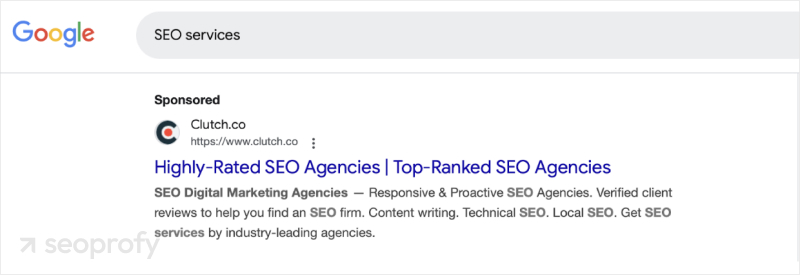
And these pages made it to the top organically.
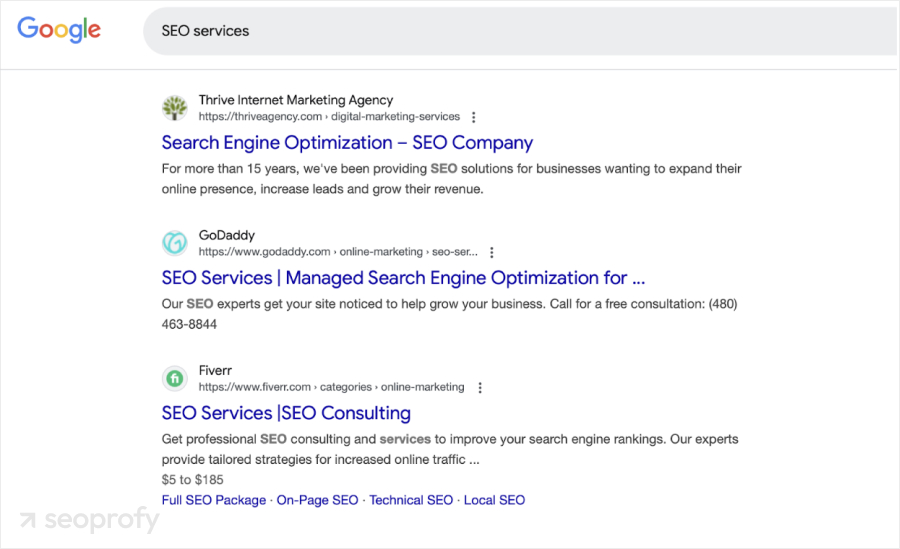
If the query is commercial, Google will show you paid product ads with a “sponsored” label.
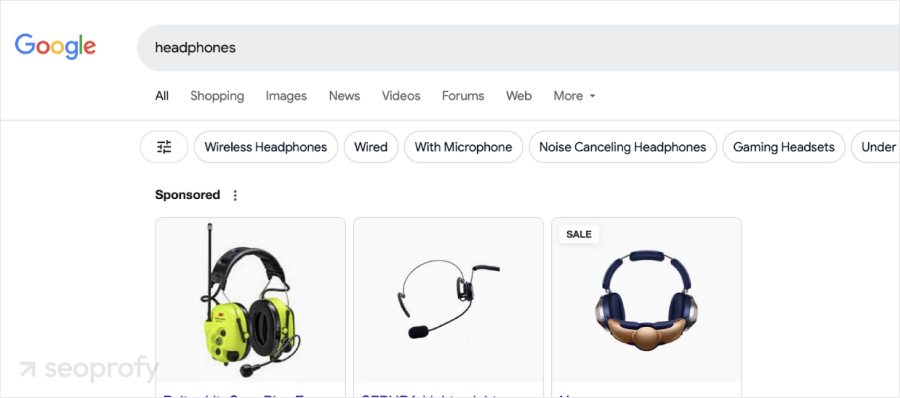
Google Ads offers more than just paid search ads. No matter the type of PPC, the process stays the same. The user clicks on your ad — you pay.
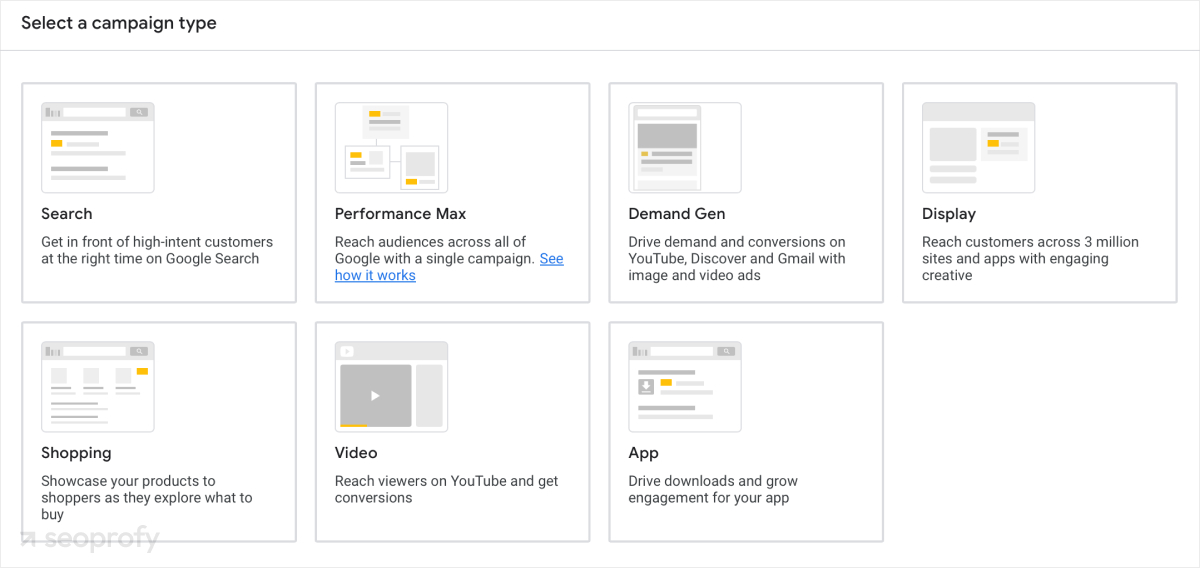
Sounds easy, but how does it work in practice?
Keyword Research
Keywords are the foundation of any paid search campaign. The goal is to find queries that bring both traffic and conversions—those you’ll then compete for with others already targeting them.
Here’s how it’s done:
- You gather the semantics: Use tools like Google Keyword Planner or Semrush. They will show you the query frequency, competition level, and the approximate cost per click.
- You clean the garbage: Remove irrelevant keywords using negative keywords.
- You group them: Divide keywords by intent: some lead to product categories, others to specific product pages.
Using keywords strategically ensures your ads reach the right audience at the right time. High-intent keywords drive conversions, grouping improves ad relevance, and negative keywords save budget by filtering out unqualified traffic.
Bidding in PPC
All the work happens in the Google Ads/Bing Ads dashboard. You’re bidding against competitors for a spot in the search results. Your success depends on two factors: your bid and your Quality Score (QS).
QS is calculated quite simply: Google looks at your CTR (click-through rate), the quality of your landing page, and your account rating. A high QS means you can pay less per click and still land top positions. Competitors might waste their budget trying to outbid you, but Google will prioritize high-quality ads.
So, first things first, focus on improving the quality of your ad, landing page, and keyword relevance.
Creating Ads
A great ad is the balance between matching the search intent, keeping the text concise, and offering an engaging promise. Each ad includes a headline, description, URL, and extensions.
The headline is your main hook. It should be relevant and include the keyword.
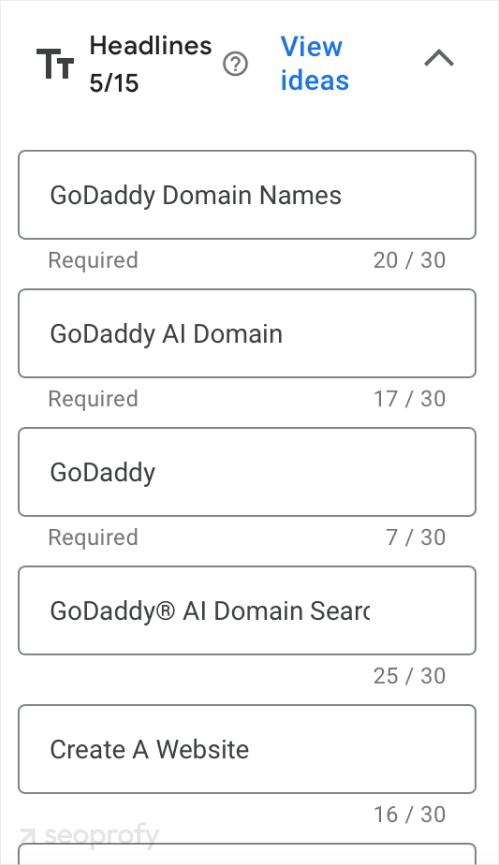
The description is where you can start selling. It typically mentions the unique selling proposition. Extensions are a bonus: contact information, promotions, quick links.
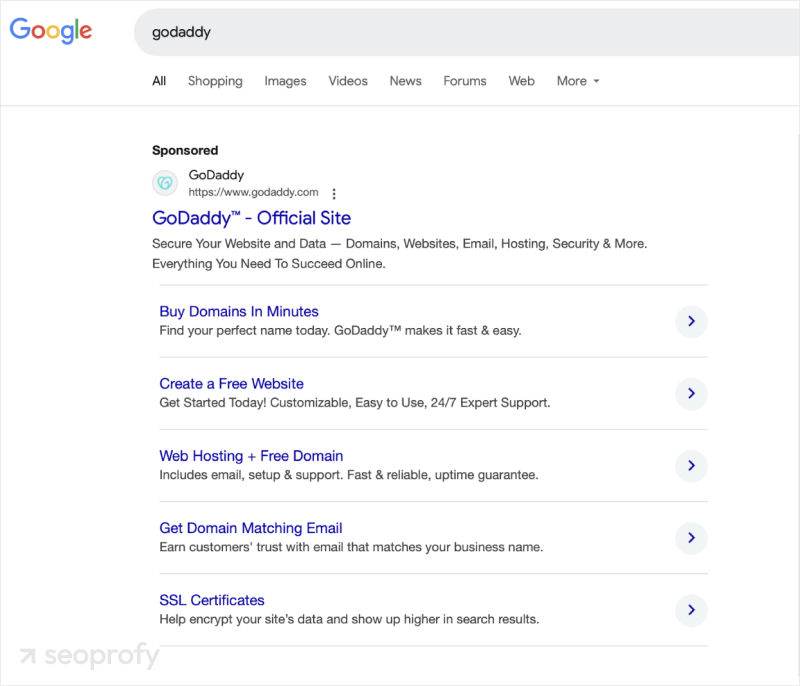
One ad is just a hypothesis. Create several versions, experiment with headlines, and try out different USPs. Google’s algorithms will quickly let you know what’s working and what’s not.

Targeting your Audience
Targeting makes your budget work smarter. You show ads only to those who are most likely to click and, most importantly, buy.
Google Ads allows you to optimize your targeting down to the smallest details: by location, time, age, gender, etc. Want your ad to be seen only by users searching for “buy flowers” within a 10 km radius of your store, from 1 p.m. to 3 p.m. on Mondays? Easy.
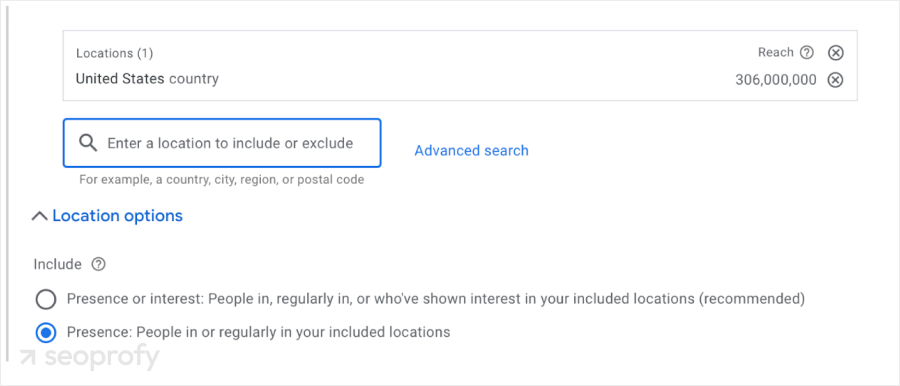
Yes, PPC is about money, but money is invested wisely.
SEO and SEM: Challenges Comparison
SEO and SEM come with their fair share of challenges. They can take up a lot of time, drain your budget, and push you to rethink your methods. To give you an idea of what you’ll be up against, here are the main challenges:
| Criterion | SEO | SEM (PPC) |
| Speed of results | Takes time. Ranking improvements can take from several months to a year. | Quick, but depends on your budget. Results come as long as you keep paying. |
| Costs | Non-transparent. It requires investment in content, links, and technical improvements. | Direct. Every mistake in ad setup costs you money. |
| Competition | High in popular niches. Hard to make it to the top. | High bids on competitive keywords = high click costs. |
| Algorithm changes | Constant risk. | Less dependent but requires continuous optimization. |
| Control over the process | Unpredictable. You depend on search algorithms. | Full control. You manage targeting, bids, and creatives. |
| Analytics | Limited. Organic traffic is hard to link to specific actions. | Transparent. Everything can be tracked through Google Ads. |
| ROI | Depends on time. First results appear after months. | Quick, but short-term. Traffic disappears as soon as the budget runs out. |
SEO or SEM? Key Differences and Similarities to Help You Decide
Now, let’s talk about both the pros and cons of SEO and SEM. They have a few things in common:
- Both aim for the same goals: traffic, visibility, and conversions.
- Both require investment—whether that’s time or money.
- Both can bring customers directly to you.
But what is the difference when comparing SEO vs. SEM?
Short-Term and Long-Term Impact
SEO is a long-term effort. According to Ahrefs, it usually takes at least 6 months to break into the top 10 for competitive keywords, and sometimes 12–18 months. But the results stick around, even after you stop actively working on it. Below is a diagram that illustrates the typical timeline for ranking progress:
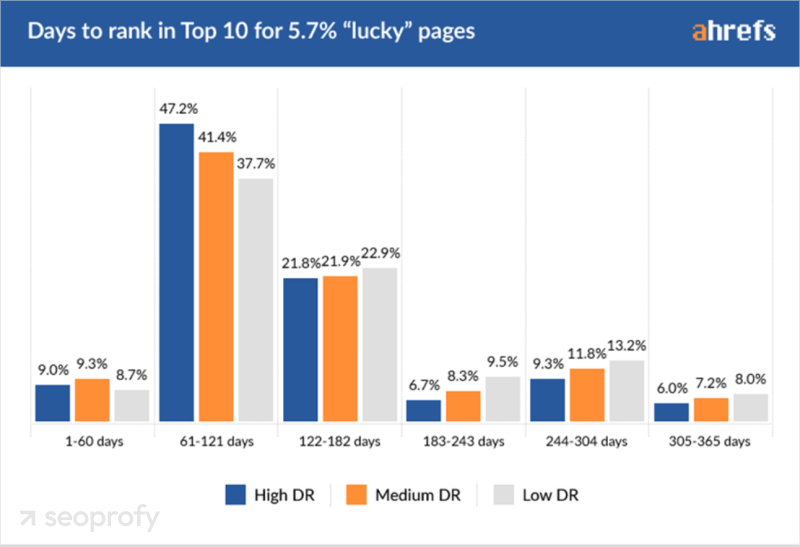
The difference between SEO vs. SEM comes down to speed: SEM works right away. You launch a PPC ad campaign, and your site lands at the top of the search results from day one. It’s perfect for promotions, product launches, or testing new ideas. The catch? Once your budget runs out, the traffic stops too.
Cost
SEO requires investment. On average, small businesses in the US spend about $497 per month on SEO. This typically covers basic services without aggressive strategies. If you’re in a competitive niche, expect the cost of SEO to increase. Agencies charge roughly from $2,500 to $5,000 per project.
When comparing SEO vs SEM costs, search engine marketing tends to be even more expensive. While you still incur SEO expenses, SEM adds a pay-per-click cost, which can range from $8 to $10 in competitive niches. Without proper budget management, this approach can become one of the disadvantages and lead to substantial losses in a short period.
For example, FasterCapital shared a case study (anonymously, of course). A startup owner tried to get clients quickly by launching Google Ads, but it didn’t go as planned.
However, the campaign was poorly set up: no audience segmentation, no negative keywords, and no location targeting. The owner thought adding more keywords was better and included broad terms like “buy online,” “cheap,” and “sale.” The result? Click costs of $10–15, and the budget was draining fast.
Plus, no one was tracking the results. After 10 days, $5,000 vanished. Clients? Zero. The lesson? Plan, analyze, and optimize continuously.
Effectiveness
The advantage of SEO is that it supports trust-building. This is because users tend to trust organic results more. Websites in the top 5 organic results capture up to 67.6% of all clicks.
The value of SEO is unquestionable. For example, 70% of marketers confirm that SEO generates more sales for them than PPC. Additionally, 57% of B2B marketers see SEO as the most effective digital marketing channel.
Search engine marketing is better for quick reach. You show ads to those who are actively searching for your product right now. These are hot leads, ready to buy. The effectiveness, though, depends on how accurately you set up the campaign and control expenses.
When it comes to SEO vs SEM effectiveness, both have strengths in different scenarios. SEO builds long-term trust and authority, while SEM delivers instant visibility and results. A clear strategy is essential to determine which approach—or combination—is the right fit for your goals.
Measuring the Results
To figure out what’s working — SEO or SEM — focus on numbers. Let’s see which ones show that your strategy is paying off.
SEO is slow but steady. The key metric to watch is organic traffic. In Google Analytics, track how many people land on your site from search engines. If the numbers grow for the right queries, your SEO is working. However, traffic doesn’t mean much if it’s not bringing in money. That’s why you’ve got to track conversions.
Bounce rate and time on the page can say a lot about what’s working (or not). The average bounce rate is 37%, according to our SEO statistics. If users are leaving right away, there’s probably an issue with the content or the site’s setup. Use Ahrefs or SEMrush for a more accurate look at rankings
With SEM, or more specifically, PPC, it’s a bit simpler. At this stage, this is the most obvious difference between SEO vs. SEM. Anyway, there are still some details to watch:
- CTR (click-through rate);
- CPC (cost per click);
- CPA (cost per acquisition).
A higher CTR means your ad is doing its job. If your CPC is too high, optimize your targeting or rewrite the ad. When you need to know how much each lead costs and if it’s worth the spend, check CPA.
Google Ads and Google Analytics make tracking these aspects easy. In ads, monitor the metrics and optimize targeting. In Analytics, check what people are doing after they click on your ad.
When to Use SEO: Ideal Scenarios
SEO is an approach that slowly picks up speed but delivers stable results.
Here’s when SEO works:
- Your goal is organic traffic. You want to generate leads without continuous investments in ads.
- You have time. It will take 6–12 months to see noticeable results, and you can wait.
- You want to build trust in your brand. You aim to be among the organic results that users trust.
- You have a content strategy. If your customers are looking for answers, guides, or comparisons, SEO helps you reach this audience.
When to Use SEM: Ideal Scenarios
SEM is great when you need fast results. It helps you instantly reach your target audience right now.
Here’s where SEM is perfect:
- Speed is key. You’re launching a product, campaign, or promotion, and you need to grab attention today.
- Testing hypotheses. You want to test keywords, audiences, and USPs. You want to see what works and optimize your strategy without burning through resources.
- Your market is super competitive. Your competitors keep pushing you out of organic search results, and you want to “jump over” them and grab your audience’s attention.
Why Combining SEO and SEM Works Best
Using SEO and PPC together delivers both immediate and lasting results. While SEO builds a strong online presence over time, PPC provides instant visibility in search results. This combination ensures your business reaches audiences at every stage—whether they are ready to buy or just exploring.
The benefit of integrating SEO and SEM lies in their complementary nature. PPC drives immediate traffic, allowing you to test keywords and target high-intent users, while SEO strengthens organic rankings for growth. Additionally, a trusted digital marketing agency can help analyze PPC campaign data to refine your SEO strategies, ensuring that the most effective keywords and user behaviors are leveraged for long-term success.
By combining SEO and SEM, businesses can maximize visibility, increase conversions, and maintain long-term stability while achieving quick wins. It’s a strategy that balances short-term performance with enduring results.
Conclusion
Deciding between SEO vs. SEM isn’t about picking one over the other. It’s about understanding how they work together to achieve your business goals. SEO is the steady builder, creating a reliable online presence over time. SEM, on the other hand, is your go-to for quick wins—delivering immediate visibility and driving fast traffic.
The true advantage comes when you combine the two. With SEO, you establish trust and stay relevant long-term, while SEM helps you target specific audiences instantly. Together, they create a strategy that balances quick results with lasting success. Whether you’re launching a product or aiming to grow your brand steadily, blending SEO and SEM gives you the flexibility and impact needed to stay ahead.

